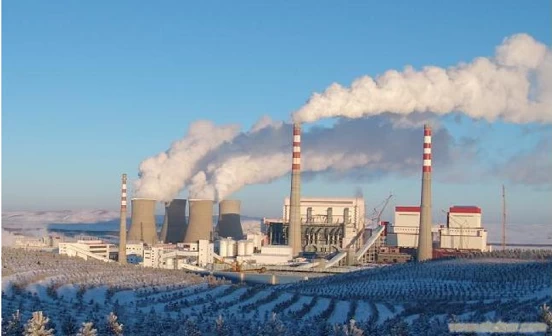Boiler Terminology Explanation (Part 10)
Boiler Terminology Explanation (Part 10)
91、Selective Corrosion refers to the selective dissolution of the more active components in an alloy during an electrochemical process. Examples include dezincification of brass and de-tinning of bronze. In industrial applications, components like the 3 balls double block and bleed valve must be carefully designed to withstand such corrosion, ensuring reliability in critical fluid control systems.
92、Stress Corrosion is a type of damage caused by the combined action of corrosive media and mechanical stress. This type of corrosion may lead to crack initiation and propagation. Forms of stress corrosion in boiler equipment include:
① Stress Corrosion Cracking (SCC): Fracture failure of metal due to the combined effect of stress and corrosive media.
② Corrosion Fatigue: Material failure caused by alternating stress in conjunction with corrosive media.
③ Caustic Embrittlement: A special form of stress corrosion in boiler metals, mainly caused by sodium hydroxide solutions leading to metal embrittlement.
④ Hydrogen Embrittlement: A decline in plasticity, cracking, or damage of metallic materials due to hydrogen absorption (e.g., during welding or pickling).
93、Erosion (or Impingement) Corrosion is the combined effect of corrosion and wear in a corrosive medium. Continuous wear (or impingement) removes protective oxide films, leading to repeated corrosion and forming a vicious cycle. Common types include:
① Impingement Corrosion: Damage caused by high-speed fluid movement over a metal surface.
② Cavitation Corrosion: A specific form of impingement corrosion, occurring in high-speed rotating components like turbine blades, where collapsing vapor bubbles generate high-pressure shock waves that damage the metal surface.
③ Fretting Corrosion: The appearance of small pits or grooves on metal surfaces under slight vibrational loads in atmospheric conditions.
94、Low-Temperature Corrosion (on the Fire Side) occurs in boilers burning high-sulfur coal, where acid anhydride condensation leads to corrosion in the rear low-temperature heating surfaces. The air preheater, especially its cold end, is the most vulnerable area. This type of corrosion often coexists with ash deposition, impeding flue gas and air circulation, increasing resistance and exhaust loss, reducing boiler efficiency, and potentially limiting boiler output.
95、High-Temperature Corrosion (on the Fire Side) typically occurs on the water-cooled walls and superheater heating surfaces of boilers. It is commonly found in solid slagging furnaces burning high-ash, low-volatility coal, particularly when thermal loads are excessively concentrated or the furnace operates under slight positive pressure.
96、Lifetime of Steam Pipings refers to the cumulative operating time of high-temperature steam pipelines from initial use to failure. In thermal power plants, these pipelines include main steam pipes, high-temperature reheater pipes, and steam conduits. As critical high-temperature components, their failure can lead to catastrophic accidents. Therefore, studying and monitoring the lifespan of steam pipelines, especially those in aging power plants, is of great significance.
97、Primary Stress is the stress caused by non-self-limiting loads, such as internal and external pressure, gravity, explosion forces, seismic forces, wind loads, and snow loads. Long-term loads (e.g., gravity, internal/external pressure, snow load) are called sustained loads, while short-term loads (e.g., seismic, wind, explosion) are called transient loads.
98、Secondary Stress is the stress caused by self-limiting loads, such as non-uniform temperature fields, constrained displacements, and interference fits. These stresses disappear once the constraint is released, making them self-contained within a system. Secondary stress is significantly less damaging to components than primary stress.
99、Peak Stress occurs due to abrupt changes in component stiffness or internal defects, leading to highly uneven stress distribution (stress concentration). While peak stress does not cause immediate failure, repeated exposure to high stress can result in fatigue cracking.
100、Salt Deposit refers to the accumulation of various substances carried by steam, precipitating and depositing in the steam flow passages of thermal equipment due to changes in temperature and pressure. In addition to salts carried by steam, oxide products from superheaters and reheaters contribute to deposits. Steam carryover includes both entrained water droplets and dissolved salts, with higher steam parameters increasing the severity of salt deposition. The main deposition areas are superheaters and turbine blades

 +86 512 68781993
+86 512 68781993 


















